t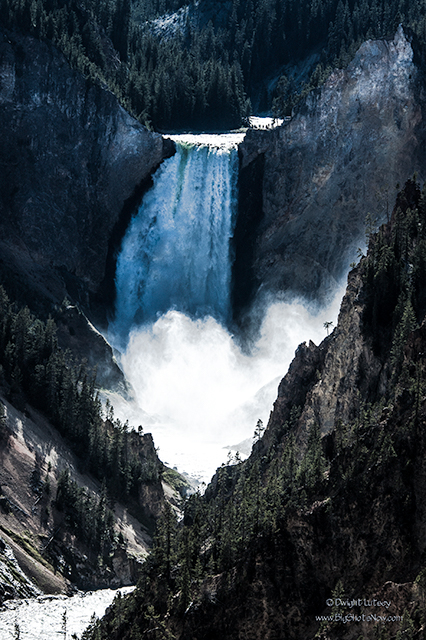
Running a national park is very expensive, like astronomically expensive, and Yellowstone is the most expensive of all our great parks to operate. It takes mammoth amounts of tax dollars every day just to keep the lights on. I’ve heard people say “Yeah, so what’s so expensive then. You got a main gate with some ticket booths, a couple of buildings scattered around and a few guys in ranger suits driving around in prius’s. I don’t get it.”
What these misguided folks don’t know is that there is more to running a park than ticket booths and prius’s and that deep in the wilderness off behind Virginia cascade, there is a huge complex that is the very heart of Yellowstone. You’ve seen these innocent appearing roads marked Service Road Do not Enter as you drive around the park. Where did you think they went? They all lead back to this complex discretely called Main Park Services. There are buildings above ground and buildings below ground that control every aspect of the park. It is a huge undertaking and responsibility.
There are huge pumping stations that power all the rivers in the park, from the slow-moving Madison to the raging torrent of Yellowstone falls. You didn’t think these rivers flowed by themselves did you. There are turbine barns that house giant fans that create the wind throughout the park. They are large enough to create the maelstrom of straight line winds that cause the massive blow downs of thousands of trees you see everywhere, yet gentle enough to keep the golden grass of the Lamar valley waving peacefully as you drive by.
There is a separate building that only houses the IT department for the park. Hundreds of backwoods nerds drink coffee by the boatload and keep the computers running so that everything looks normal for the millions of visitors that pass through the park yearly. They have a division that does nothing but make employee name tags 24 hours a day. They create the schedules that designate where all the wildlife in the park needs to be at a given time on a given day. Just keeping track of all the widgeons and Harlequin ducks takes a full-time employee. And that doesn’t even begin to explore HR and payroll.
One of the most important functions of this complex and one that keeps a team of full-time Engineers busy night and day is maintaining the system of Shock Absorbers that keep the park geologically stable and maintains its ability to dampen the effect of the near daily earthquakes that plague the park. Buried deep within the earth are a series of hydraulically manipulated cavities approximately 1 1/2 miles wide and 2 miles deep lined with a complex material woven out of Teflon, cobalt and spider silk that are filled with 10w-30 motor oil. These huge bladders occupy about 2/3’s of the cavity and when an earthquake occurs they have the ability to swell up and absorb the energy through compression. This keeps the surface of the park from the heaving that causes road and structure damage. This is a key system to operating the park safely and cannot under any circumstances go all wonky of a sudden.
Another system that is very important, not just for keeping the visitors of the park safe, but more for their emotional welfare is the C L T C system (Chroma, Luminosity, Tonality and Intensity).This is the heart of the parks color generating ability and is crucial in keeping the attendance level up in the park. No color no visitors. It’s as simple as that. People will put up with 6 point earthquakes, long lines at the restrooms, snafus in scheduling the wolf packs but screw with the color and that’s that. They’re gone.
Huge color projectors are running constantly generating all the hues you see as you travel through the park. The sunsets over the Firehole river where it meets the Madison, the burnt orange of the newly hatched buffalo calf, the flicker of blue as a Stellar Jay flits from one branch to another, all of these are as important to the visitors as the earthquake dampening system. Without the color all you have is a park that looks like a 1940’s B&W film of Czechoslovakia except with hills and grizzlies.
Which is why, when we had the day the color stopped, it was so catastrophic. It all started innocently enough. People were lined up at the overlooks at the Grand Canyon of the Yellowstone taking in the massive array of colors as they gazed at the multi-hued canyon walls. The impossible blending of every color you can imagine in a symphony of never-ending harmony that stretched for as far as you could see. What they didn’t see was the little relay switch on the main color projector blow with a small quickly dispersing cloud of smoke. Which led to an insufficient amount of power getting to the main bulb which suddenly flickered and died. Without the input from the bulb the CLTC system began to fail and the overload took out the backup system and color began to drain out of the Grand Canyon of The Yellowstone.
This had never happened before and soon people’s’ worst nature came to the surface. There was pushing and shoving, and instances of someone nearly going over the edge as the crowd stampeded for their cars. Children were crying, their arms outstretched waiting for someone to pick them up in a safe embrace, but the lack of color had the crowd panicking. They had only one thought in their minds. They had paid 50 bucks to get in and there was nothing to see. Fortunately there were no fatalities but it was only dumb luck that prevented them.
Yes, it was a terrible day, the day the color stopped, but the selfless employees at the complex did what it took to rectify the situation. A new bulb was slapped in, the CLTC system was rebooted and the little relay switch was replaced. Within hours the situation was back to normal. Yes there were a few people who left and felt they had wasted their 50 bucks, but those who had faith in the system were rewarded for their patience and loyalty with an extraordinary display of the colors of the Canyon that only a new bulb in the projector could provide.
We have provided an image from that fateful moment as the color began to drain out of canyon and you can see how depressing and mood altering this was for the spectators. It wasn’t long after this image was taken that the color completed drained out and flowed down the river lost forever. We have images of that too, but cannot in good consciousness show them to you.
The next time you visit Yellowstone National park and you feel the ground shake slightly, or see the rivers running freely, or notice the incredible beauty that color lends to the scenery you might think of that hidden complex called the Main Park Services and be thankful that the park is up and running as usual. I know I do.

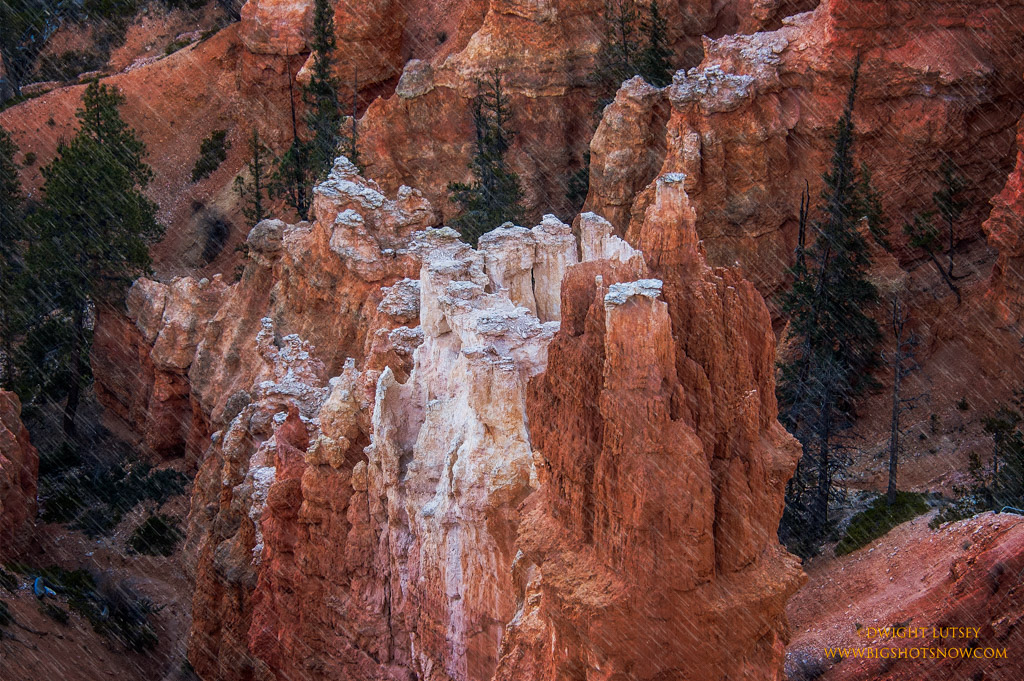 click to enlarge
click to enlarge

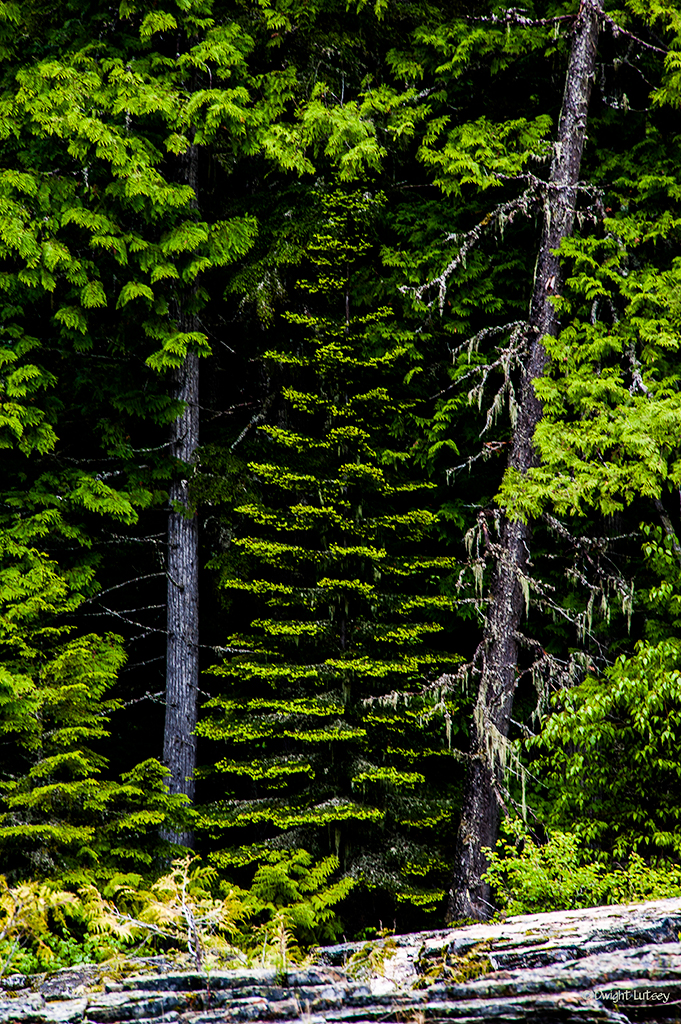




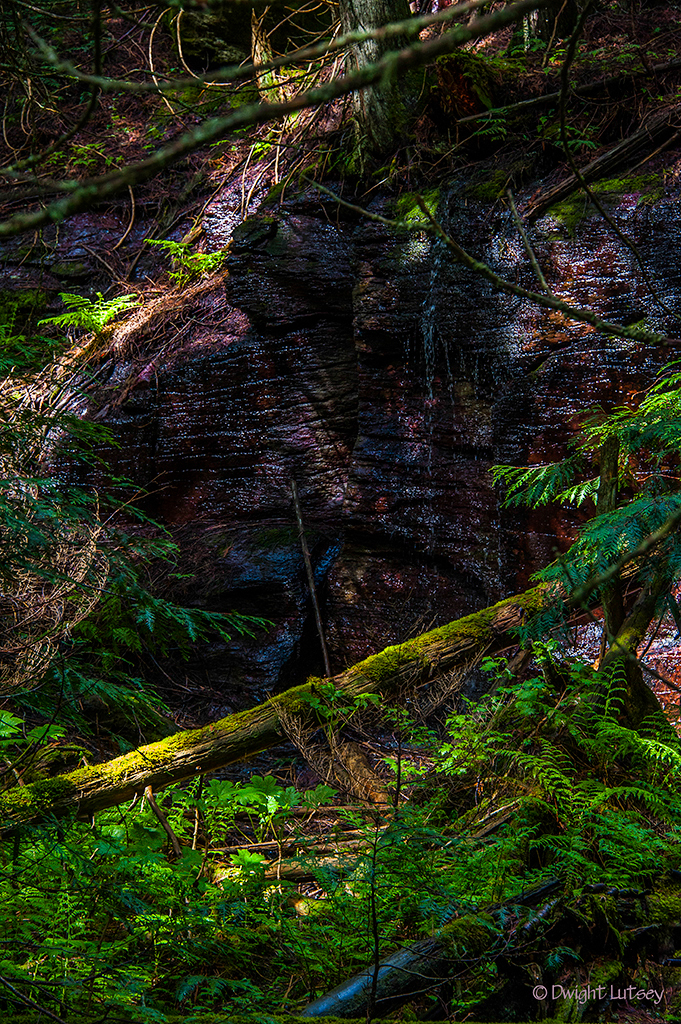
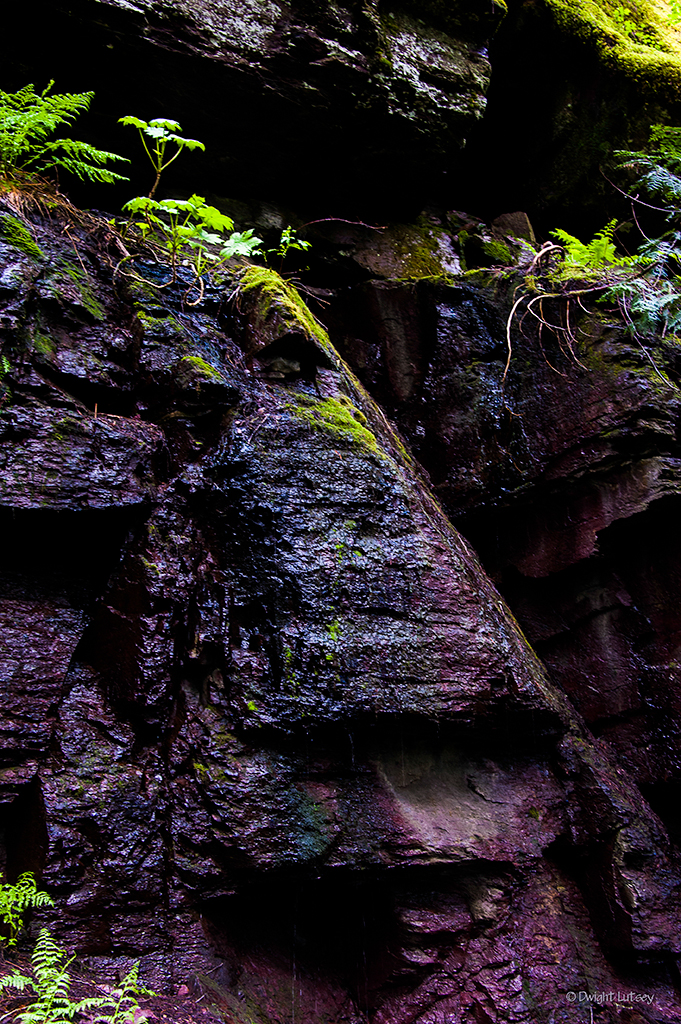
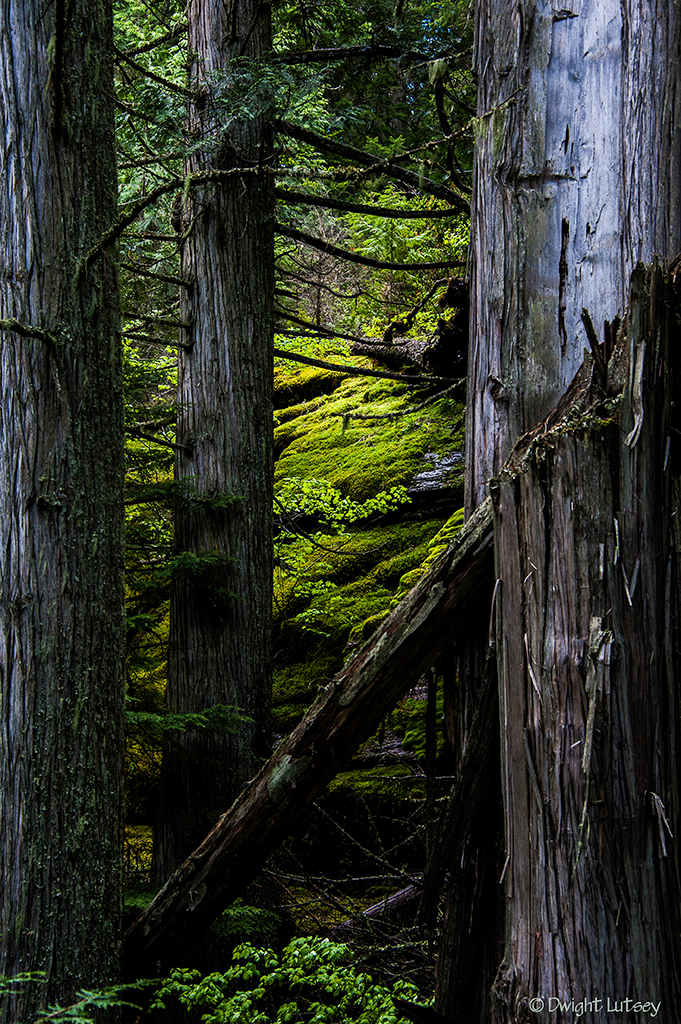
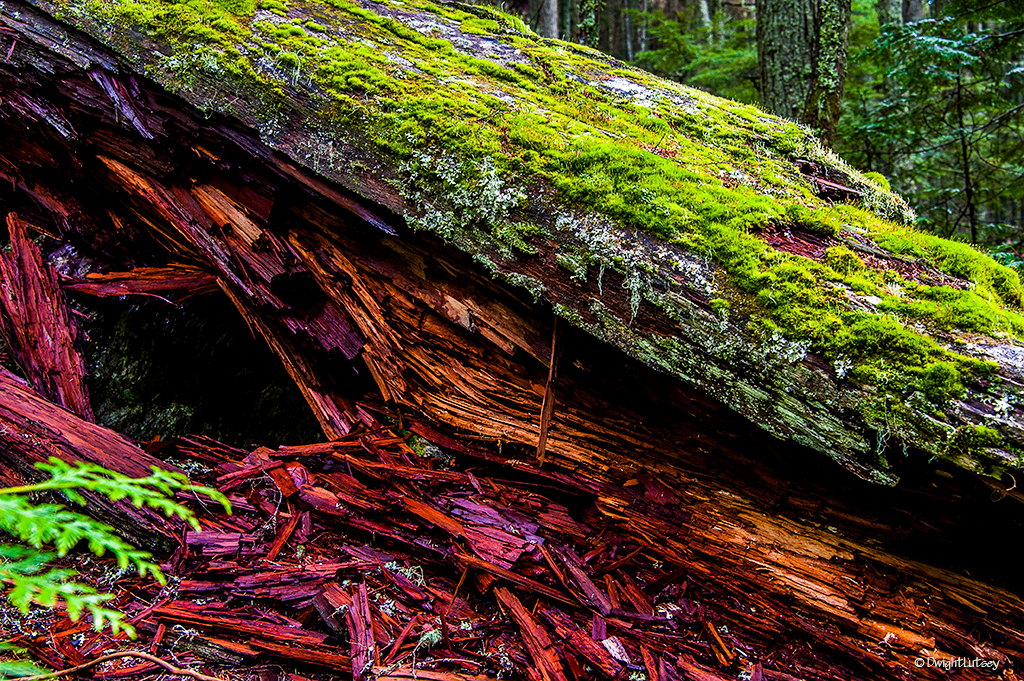
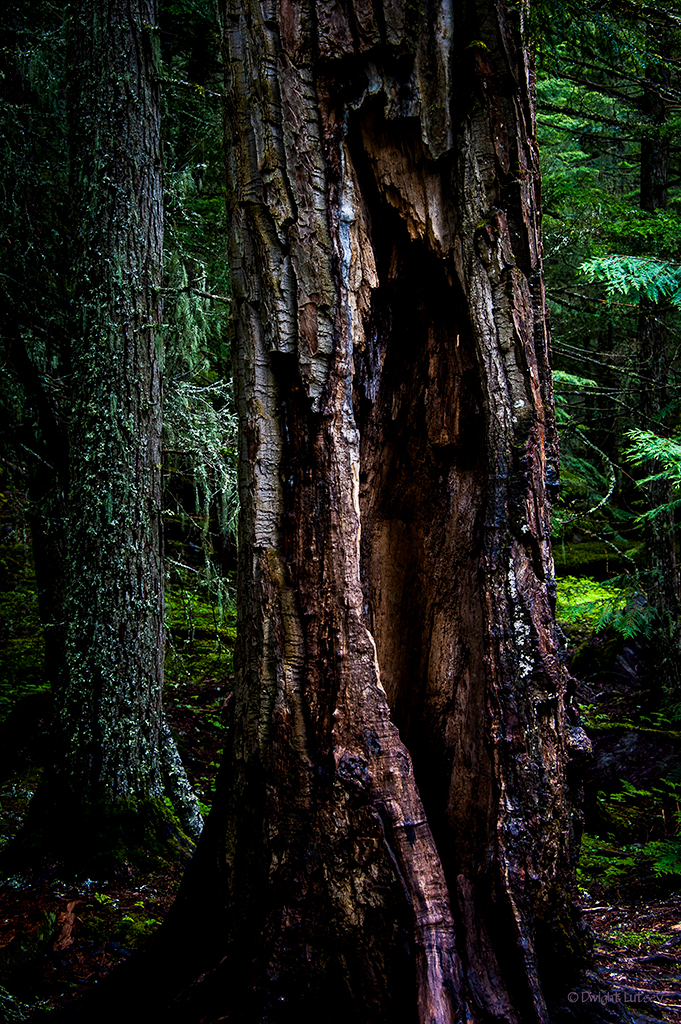
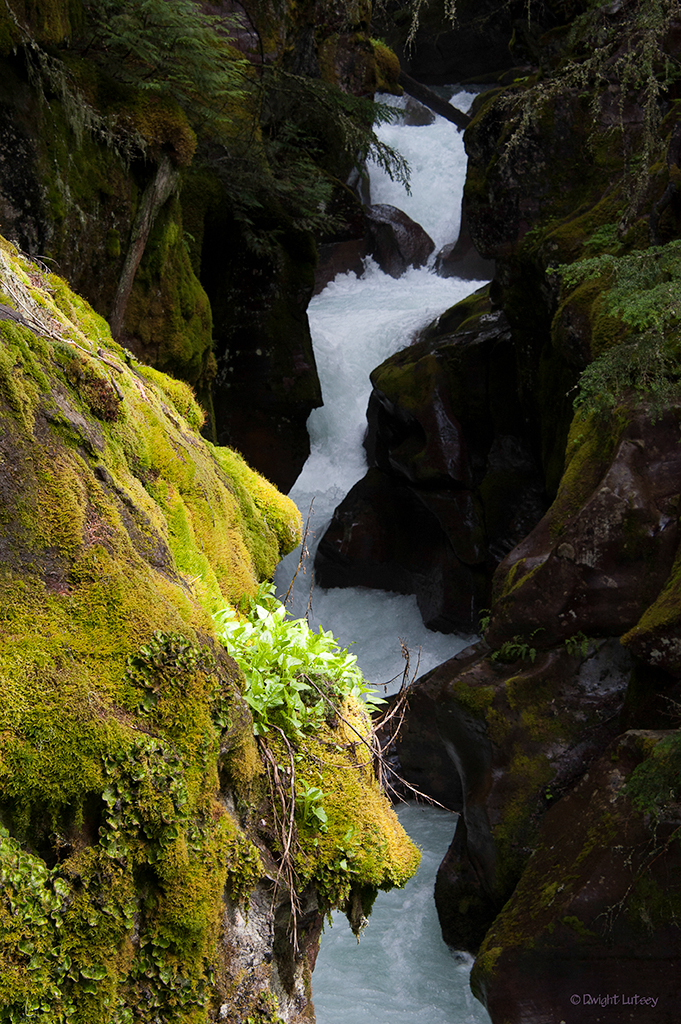
You must be logged in to post a comment.